If you have a split HVAC system, your system is made up of two basic components. An outside unit, and an inside unit. In this article I am going to focus on the outside unit. This unit is known as the Condensing or Compressor Unit. The purpose of this unit is to circulate refrigerant through a closed system of coils while a fan forces air over the coils. The unit is either releasing or collecting heat depending on the mode of operation. The following are the major components of this outside unit:
1) The Compressor: This is the heart of the unit. Its job is to compress the refrigerant to get it to the right pressure and temperature before it goes through the outside coil. It is also a pump that helps circulate the refrigerant through the system.
2) The Coil: The coil is where the heat is removed from the refrigerant or added to the refrigerant depending on the mode of operation.
3) The Fan: The fan draws air across the outside coil so the refrigerant can absorb heat or release heat depending on the mode of operation.
4) Refrigerant Lines: The refrigerant lines are made up of two copper pipes that help circulate refrigerant between the outdoor unit and the indoor air handler unit.
This diagram below shows the outside components of the exterior unit.


MY JOB:
My job during a home inspection is to inspect the components of the compressor unit for any visible signs of damage, deterioration, or restrictions that are preventing it from functioning as it should. Below are some concerns I often run into that you also need to keep an eye out for if you want to keep your outside unit operating properly.
1) Keeping the outside coil clean should be one of your top priorities. To ensure that the coil remains clean you want to keep your unit raised above the grade. This is usually a problem when the unit is placed on a hill. The downward flow of eroded soil and debris typically begins to build up on the coils over time. This restricts air flow and hinders the units ability to cool and heat as a result.

2) Sometimes the coils just get dirty over time and need to be cleaned. These should be cleaned at least once a year.

3) The outside fins for the coil are responsible for the majority of the heat transfer. This is why it is important to ensure they are in good condition. When inspecting the fins, look for bent, damaged, and deteriorating fins. All these defects will hinder the operation of the unit to heat or cool the home efficiently.
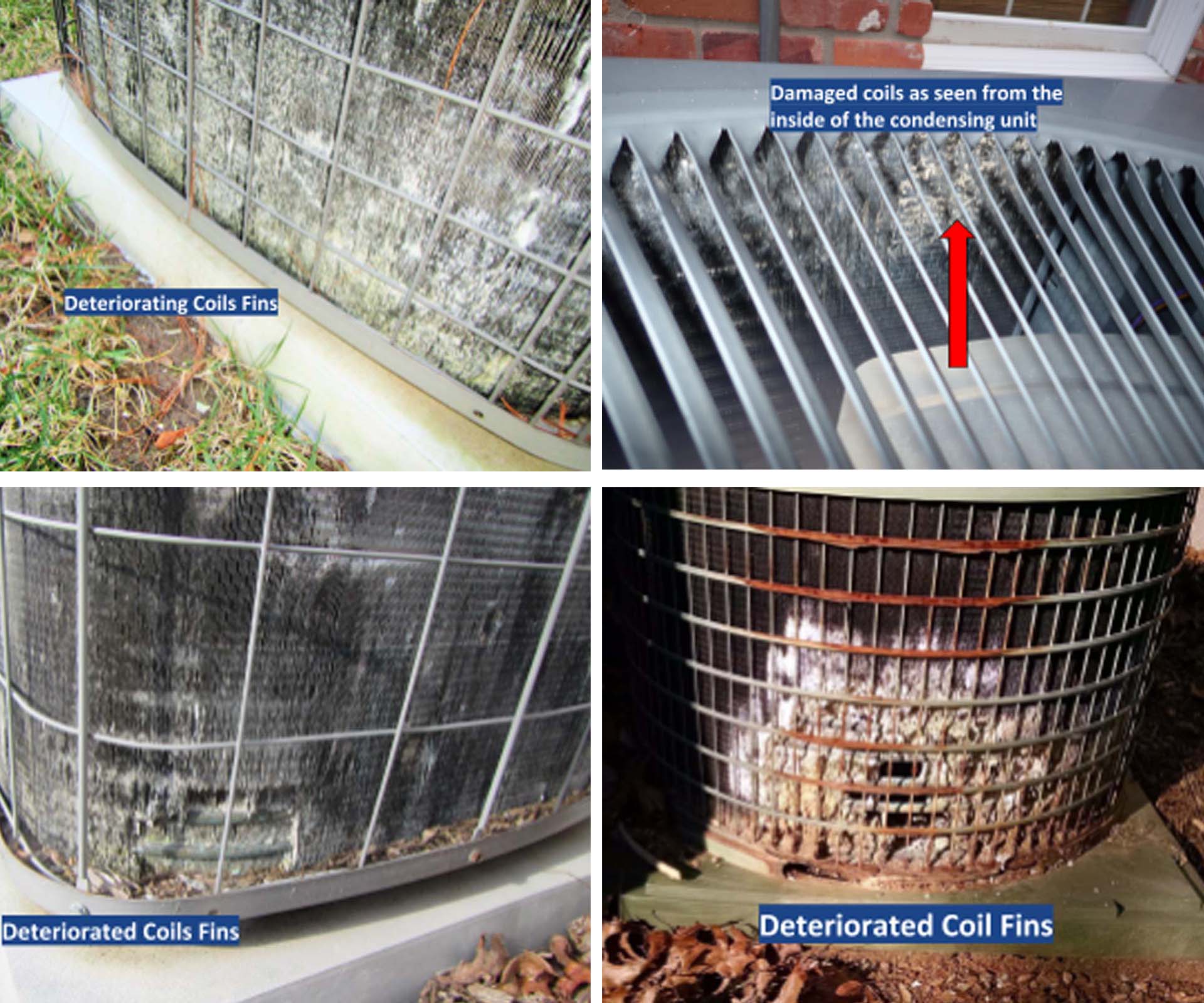
4) The unit needs to be level because refrigerant goes through the system with lubricating oil and when the condenser is not level the compressor could be running without proper lubrication and damage the component. Make sure your unit is sitting on a level surface, that there is no erosion occurring under its base, and that the refrigerant lines aren't being stressed.
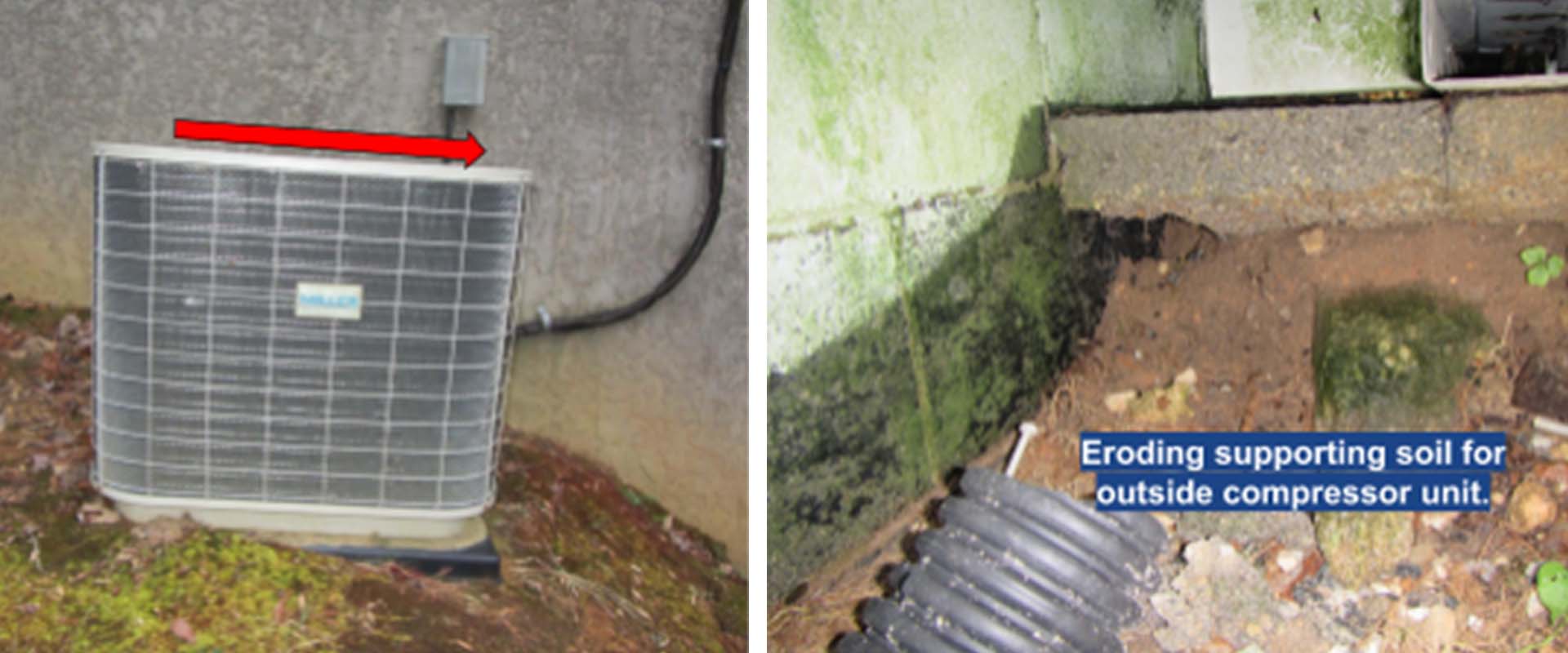
5) The unit needs to have sufficient air flow and clearance also. If your unit has shrubbery hindering airflow the shrubbery should be removed. Be careful about building decks over your unit, and placing other structures or units too close to the unit.

6) The refrigerant lines are the copper lines that extend out from the outside unit and enter the home. The larger copper line is called the “Suction Line” and should be insulated. Damaged or missing insulation can reduce the efficiency of the unit to transfer heat to and from the inside unit, which can hinders its ability to heat and cool the home most effectively.

7) Where refrigerant lines go through walls, the lines should be in conduit to protect them from damage. The above photo shows the line missing this detail.
Conclusion: All HVAC units should be inspected and serviced regularly to ensure the longevity of the unit and catch potential problems before they happen. During home inspections, I often find that it is the exterior components that are the most neglected. This is usually due to the “out of sight and out of mind” problem we humans have. Take time to inspect your unit often, or contact me to inspect your entire HVAC system and ensure it is operating properly and in good condition.


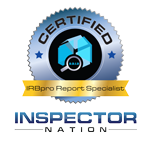
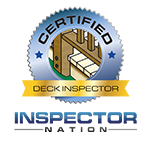
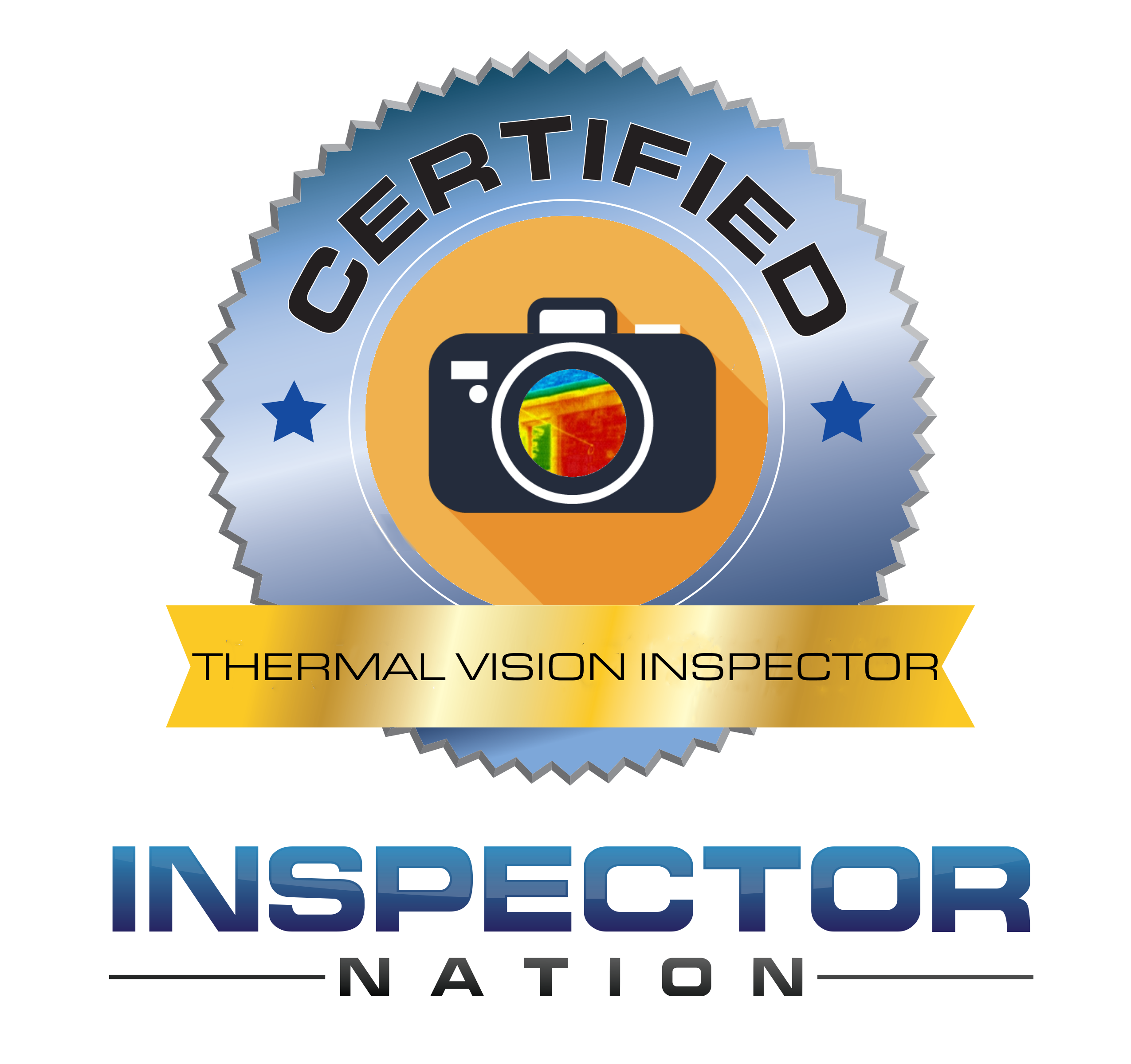

 >
>